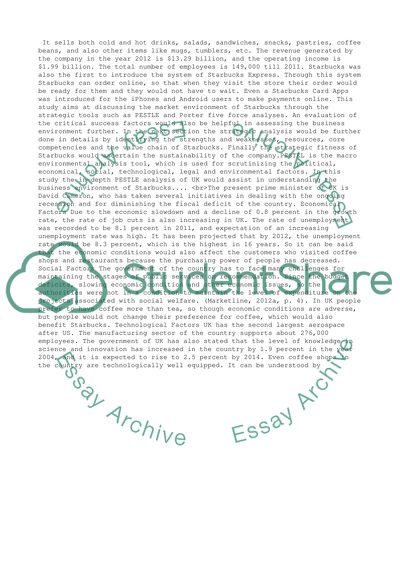Cite this document
(“Starbucks. PESTLE and Porter five force analyses Assignment”, n.d.)
Retrieved from https://studentshare.org/business/1402710-starbucks-pestle-and-porter-five-force-analyses
Retrieved from https://studentshare.org/business/1402710-starbucks-pestle-and-porter-five-force-analyses
(Starbucks. PESTLE and Porter Five Force Analyses Assignment)
https://studentshare.org/business/1402710-starbucks-pestle-and-porter-five-force-analyses.
https://studentshare.org/business/1402710-starbucks-pestle-and-porter-five-force-analyses.
“Starbucks. PESTLE and Porter Five Force Analyses Assignment”, n.d. https://studentshare.org/business/1402710-starbucks-pestle-and-porter-five-force-analyses.


